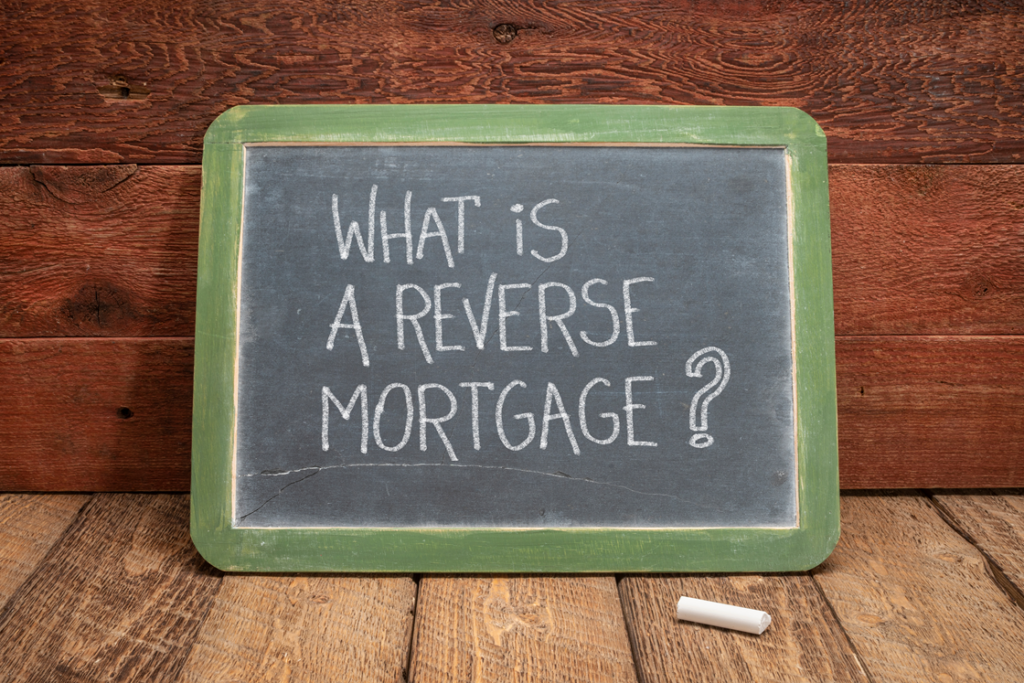Reverse Mortgage After Death in California

Unlike a traditional mortgage, where homeowners make monthly payments to a lender, a reverse mortgage works the other way around—the lender pays the homeowner. It’s for those 62 and older who want to tap into their home’s equity without selling. Instead of making payments, the homeowner receives money as needed, and the loan balance grows over time. The loan doesn’t have to be repaid until the homeowner passes away, moves out, or sells the home. At that point, the balance comes due. If the homeowner has passed, their heirs have options:
- Refinance or repay the loan to keep the home.
- Sell the home, pay off the loan with proceeds, and keep any remaining funds. If the home is worth less than the loan balance, lenders often accept the sale price as full repayment, thanks to built-in protections.
Lenders give heirs a set period to decide how to move forward. If no action is taken, foreclosure can happen—which you’ll want to avoid. Deciding on your next steps is crucial in this situation, and our attorneys are here to help you navigate the process without unnecessary stress. We’ll untangle the complexities, walk you through repayment or refinancing options, and safeguard your loved one’s legacy. With clear advice and personalized solutions, you’ll have everything you need to move forward confidently—and keep the family home exactly where it belongs: with you.
